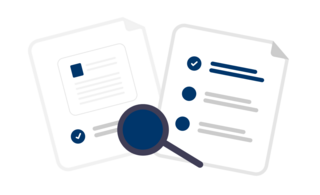Keep Your Website Thriving
Effective auditing and maintenance creates a trustworthy experience for your visitors and saves you time in the long run
Effective auditing and maintenance creates a trustworthy experience for your visitors and saves you time in the long run
Regular website maintenance isn’t just about fixing broken links—it’s about building trust with your audience, improving user experience, and ensuring your content stays relevant and accessible.

“A well-maintained website is like a well-tended garden—it creates a welcoming space that people want to return to again and again.”
— Yale Digital Experience Team

Website maintenance doesn't have to be overwhelming. Follow these steps to create an effective maintenance rhythm that works for your team's capacity:
Not all content needs the same level of attention. Start by identifying your most critical pages—those that receive the most traffic, generate leads, or contain time-sensitive information.
Create a calendar for content reviews with timeframes ranging from daily checks to annual audits, based on content priority and your team’s capacity.
Save time and improve results with Yale-provided quality assurance tools that automatically identify issues.
Create simple guidelines for your team that outline which content gets reviewed when, by whom, and what specific elements need checking.
Refer to your Content Audit and Content Matrix to pinpoint time-sensitive content that needs regular updates. S
Start small with a focused maintenance plan that you can actually sustain, then expand as it becomes part of your routine.
This Yale-provided tool automatically monitors your site, flags issues, and helps remediate problems with:
Siteimprove generates insights and data that help create better experiences for your website visitors.

Improve content clarity and readability with this recommended tool that:
Clear, simple language ensures your message reaches the widest possible audience.

Use this template to create your maintenance roadmap.

The YaleSites team is here to support your digital experience efforts: